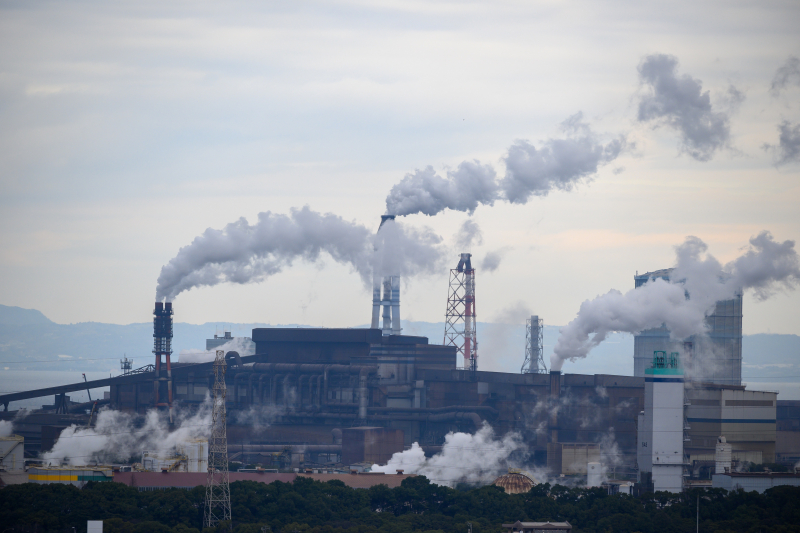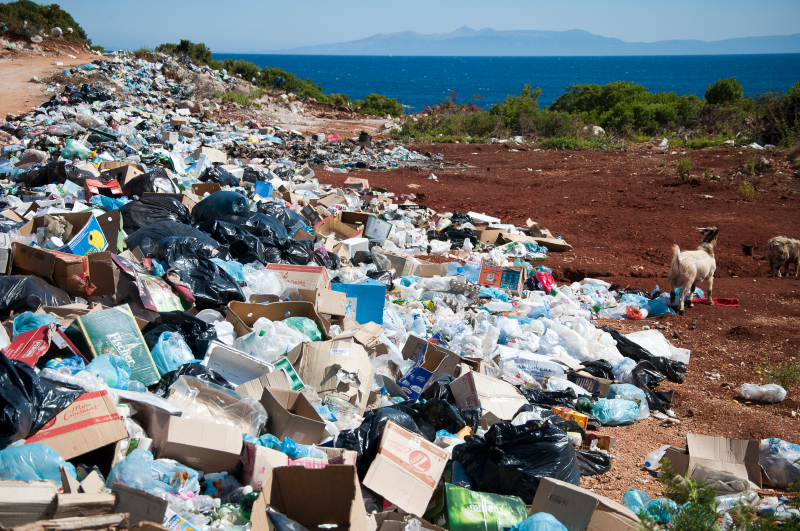Different Forms of Environmental Pollution
Essay topic: Classify different forms of environmental pollution based on their sources and consequences.
Answer:
Environmental pollution is a pressing global issue that poses significant threats to ecosystems, human health, and the well-being of future generations. Pollution can manifest in four forms based on their sources and consequences: air, water, soil, and noise pollution.
Air pollution consists of the release of harmful substances into the atmosphere, including particulate matter, nitrogen oxides, sulfur dioxide, carbon monoxide, and volatile organic compounds. Major contributors to air pollution include industrial processes, vehicle emissions, agricultural activities, and energy production. This form of environmental pollution can lead to respiratory diseases, cardiovascular issues, environmental degradation, and climate change.
Water pollution occurs when contaminants are introduced into water bodies such as rivers, lakes, and oceans, resulting in the deterioration of water quality and aquatic ecosystems. Industrial discharges, agricultural runoff, oil spills, sewage disposal, and improper waste management contribute significantly to water pollution. The significant impacts of water pollution include impaired water quality, harm to aquatic life, compromised human health through contaminated drinking water, and loss of biodiversity.
Soil pollution refers to the contamination of soil with harmful substances, including pesticides, heavy metals, industrial chemicals, and waste disposal. Key sources of soil pollution include improper waste disposal, agricultural practices, industrial activities, and mining operations. The notable consequences of soil pollution include reduced soil fertility, contamination of food crops, adverse effects on ecosystems, and long-term environmental degradation.
Noise pollution arises from excessive, disruptive, or harmful levels of noise from various sources, such as transportation, industrial machinery, construction activities, and urban development. Urbanization, industrialization, transportation, and recreational activities contribute to noise pollution in residential and natural environments. The primary effects of noise pollution include hearing impairment, stress, sleep disturbance, communication interference, and negative impacts on wildlife and ecosystems.
In conclusion, environmental pollution encompasses air pollution, water pollution, soil pollution, and noise pollution, each with distinct sources and consequences. By understanding the different forms of environmental pollution and their impacts, societies can work collaboratively to mitigate pollution and preserve the health of the planet for current and future generations.
Cite this page (APA 7th edition): Toplist Joint Stock Company. (n.d.). Different forms of environmental pollution. toplist.info. https://toplist.info/top/different-forms-of-environmental-pollution-153159.htm

















